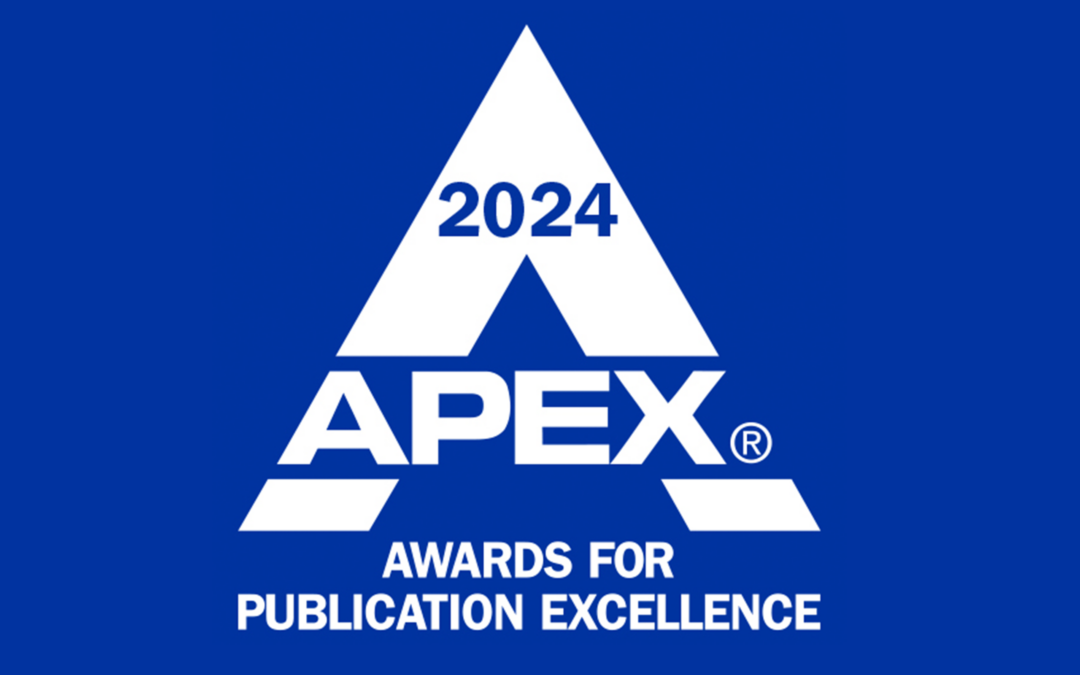One of the primary benefits of disability-inclusive communications is breaking down barriers to health care access. Approximately 10% of U.S. adults have a speech, language, or voice disability. These people often face challenges in medical settings that lead to poorer health outcomes. By implementing communication aids and services, health care providers ensure that patients with disabilities receive the same quality of care as others. Health equity involves recognizing and addressing the disparities that prevent individuals from achieving optimal health. For people with disabilities, these disparities stem from physical, social, and systemic barriers, including inaccessible information and services, lack of accommodation, and insufficient understanding by health care providers. Effective communication is a critical tool in overcoming these barriers and promoting health equity.
Key communication barriers for people with disabilities
The most common challenges people with disabilities face are physical, information, and attitudinal barriers. Oftentimes, health care facilities that are not physically accessible prevent individuals with mobility impairments from receiving care. The absence of access to care and necessary assistive devices can impede effective communication on how to manage disability. In addition, when providers use medical terminology that is difficult to understand, it creates confusion and misinformation. And health information not provided in accessible formats excludes people with visual impairments or other abilities. When health care providers present unconscious biases, it negatively affects their communication with and treatment of people with disabilities. This often is a result of insufficient training in disability awareness, which leads to ineffective communication.
Effective communications strategies promoting health equity
Effective communications strategies dramatically improve interactions between health care providers and patients with disabilities. When providers understand and accommodate a patient’s communication needs, it leads to more accurate diagnoses, better treatment adherence, and increased patient satisfaction. By prioritizing accessible communication, health care systems empower patients with disabilities to take a more active role in their health care. This includes expressing their concerns, asking questions, and making informed decisions about their treatment. Empowered patients are more likely to engage in preventive care and self-management of chronic conditions, leading to better overall health outcomes.
People with disabilities often experience significant health disparities compared to the general population. By focusing on effective communication, we can begin to address and reduce these disparities. This includes not only improving direct patient care but also ensuring that public health messages and health education materials are accessible to all. For instance, providing health information in multiple formats (e.g., large print, Braille, audio) can reach a wider audience and promote health equity.
Disability-inclusive communications goes hand in hand with cultural competence in health care. By recognizing disability as an important aspect of diversity, health care providers can develop more nuanced and effective communications strategies. This approach helps to address the intersectionality of disability with other factors such as race, ethnicity, and socioeconomic status, leading to more comprehensive and equitable care. Moreover, when health care systems prioritize effective communication for people with disabilities, it can lead to broader systemic changes. This might include improved staff training, updated policies and procedures, and the integration of assistive technologies. These changes not only benefit patients with disabilities but improve the quality of care for all patients.
One of the most significant benefits of disability-inclusive communications is the promotion of inclusion and dignity. When health care providers communicate effectively with patients who have disabilities, it sends a powerful message that these individuals are valued and respected. This can have profound effects on mental health, self-esteem, and overall well-being. Promoting health equity for people with disabilities through effective communication is a critical yet often overlooked aspect of health care. By focusing on inclusive and accessible communications strategies, we significantly improve health outcomes and quality of life for this important population.
By implementing inclusive communications strategies, health care systems improve patient outcomes, reduce disparities, and create a more equitable health care environment for all. As we strive for health equity, it’s crucial that we keep the needs of people with disabilities at the forefront of our communication efforts. Ensuring that all individuals, regardless of their abilities, have access to the health care they need and deserve is not just a goal—it’s fundamental to their rights.









